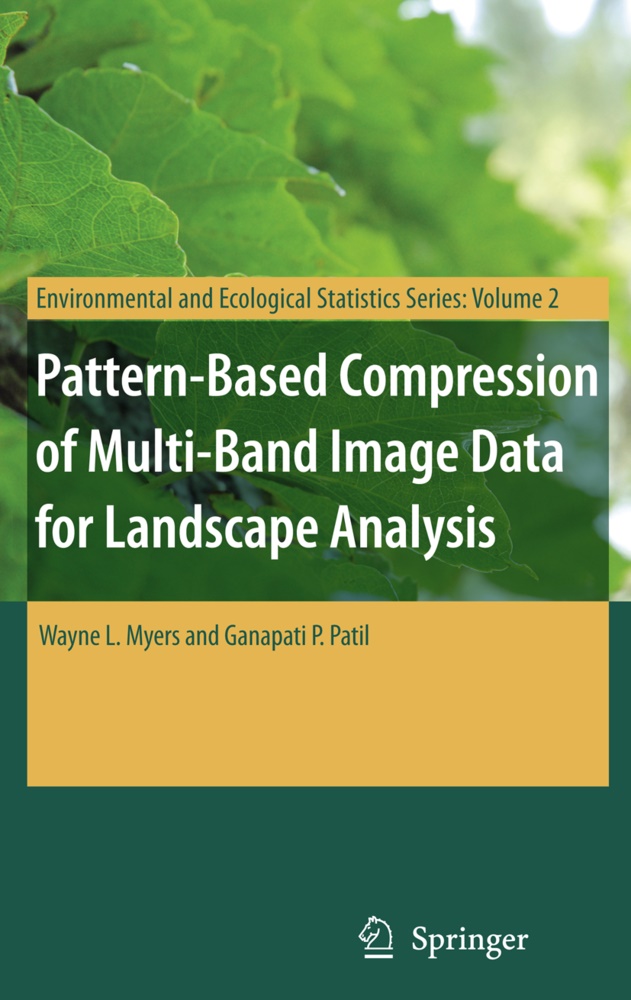Mehr lesen
We offer here a non-conventional approach to muhivariate ima- structured data for which the basis is well tested but the analytical ramifi cations are still unfolding. Although we do not formally pursue them, there are several parallels with the nature of neural networks. We employ a systematic set of statistical heuristics for modeling multivariate image data in a quasi-perceptual manner. When the human eye perceives a scene, the elements of the scene are segregated heuristically into compo nents according to similarity and dissimilarity, and then the relationships among the components are interpreted. Similarly, we segregate or seg ment the scene into hierarchically organized components that are subject to subsequent statistical analysis in many modes for interpretive purposes. We refer to the segregated scene segments as patterns, since they provide a basis for perception of pattern. Since they are also hierarchically organ ized, we refer to them further as polypatterns. This leads us to our acro nym of Progressively Segmented Image Modeling As Poly-Patterns (PSIMAPP). Likewise, we formalize our approach in terms of pattern processes and segmentation sequences. In alignment with the terminology of image analysis, we refer to our multivariate measures as being signal bands.
Inhaltsverzeichnis
Innovative Imaging, Parsing Patterns and Motivating Models.- Pattern Progressions and Segmentation Sequences for IMAGE Intensity Modeling and Grouped Enhancement.- Collective and Composite Contrast for Pattern Pictures.- Content Classification and Thematic Transforms.- Comparative Change and Pattern Perturbation.- Conjunctive Context.- Advanced Aspects and Anticipated Applications.
Über den Autor / die Autorin
Dr. Wayne L. Myers earned M.F. and Ph.D. degrees in forest ecology and forest entomology at the University of Michigan. He began his professional career in Canada as a research forest entomologist and biometrician. He then joined the faculty of forestry at Michigan State University specializing in biometrics and remote sensing.
Zusammenfassung
We offer here a non-conventional approach to muhivariate ima- structured data for which the basis is well tested but the analytical ramifi cations are still unfolding. Although we do not formally pursue them, there are several parallels with the nature of neural networks. We employ a systematic set of statistical heuristics for modeling multivariate image data in a quasi-perceptual manner. When the human eye perceives a scene, the elements of the scene are segregated heuristically into compo nents according to similarity and dissimilarity, and then the relationships among the components are interpreted. Similarly, we segregate or seg ment the scene into hierarchically organized components that are subject to subsequent statistical analysis in many modes for interpretive purposes. We refer to the segregated scene segments as patterns, since they provide a basis for perception of pattern. Since they are also hierarchically organ ized, we refer to them further as polypatterns. This leads us to our acro nym of Progressively Segmented Image Modeling As Poly-Patterns (PSIMAPP). Likewise, we formalize our approach in terms of pattern processes and segmentation sequences. In alignment with the terminology of image analysis, we refer to our multivariate measures as being signal bands.

